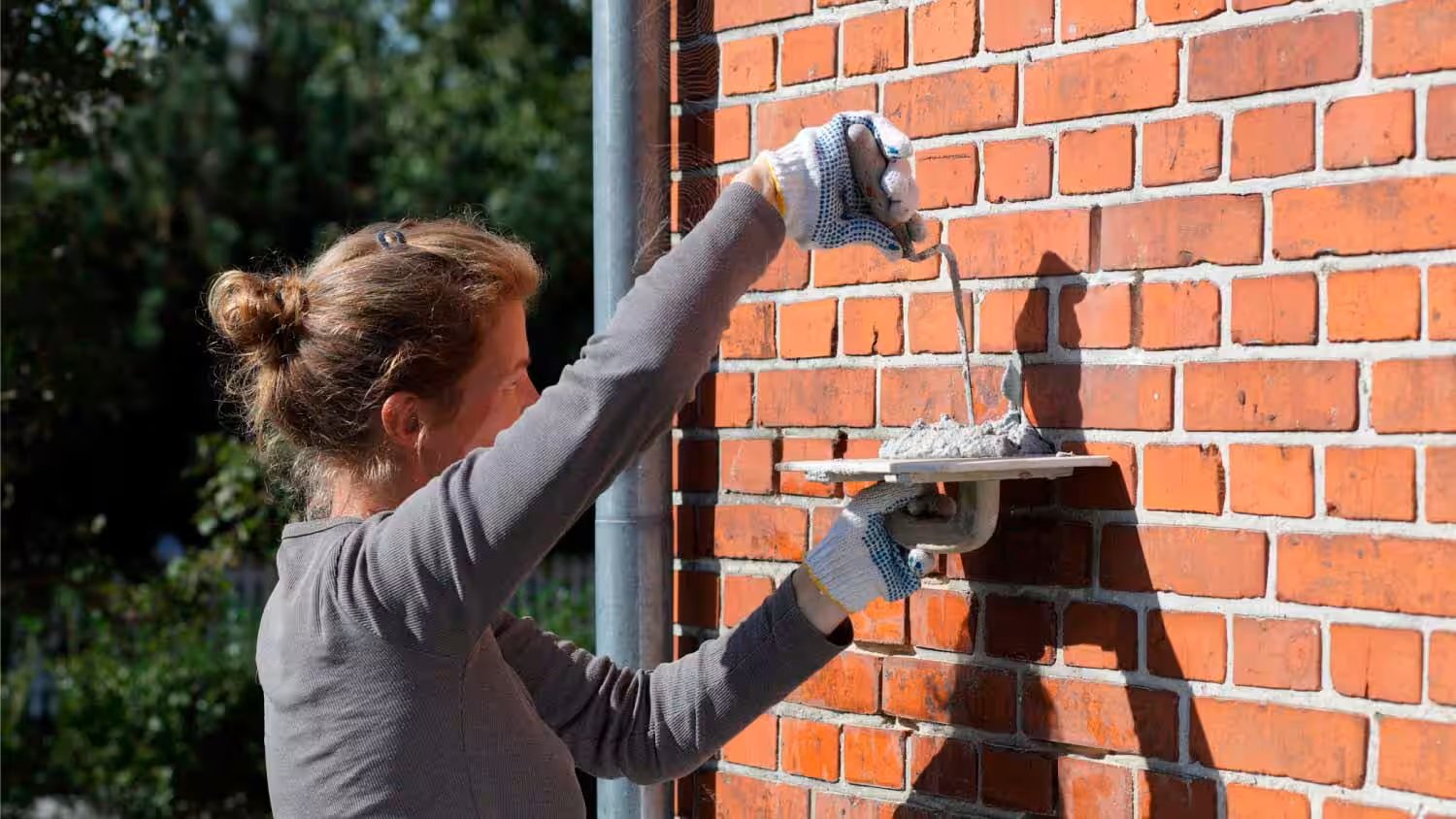Masonry plays a crucial role in the structural integrity and appearance of homes and buildings. Whether it’s brickwork, stone walls, or decorative facades, well-maintained masonry ensures your property remains safe and visually appealing. Over time, however, wear and tear, weather exposure, and settling foundations can cause masonry to deteriorate. Recognising the early signs of damage is essential to prevent further issues.
If you’re dealing with cracked or weathered brickwork, masonry repairs in Bournemouth offer expert solutions to restore and protect your property. In this article, we’ll explore the key signs that indicate it’s time to call in the professionals for masonry repairs.
1. Cracks in Bricks or Mortar Joints
Cracks in bricks or mortar joints are one of the most obvious signs your masonry needs attention. Small cracks may seem harmless, but they can widen over time, allowing water to seep in and weaken the structure. If you notice cracks running through bricks or along the mortar, it’s best to seek professional repairs promptly to prevent more serious damage.
2. Bulging or Bowing Walls
A bulging or bowing wall indicates that the masonry is under stress and could be failing. This is often caused by water infiltration, poor construction, or foundation issues. Bowing walls compromise the stability of your structure and can be a safety hazard. Professional repairs are essential to restore the wall’s integrity and prevent collapse.
3. Efflorescence (White Stains on Masonry)
Efflorescence appears as white, powdery stains on masonry surfaces and occurs when water carries soluble salts to the surface. While it’s not structurally damaging, it’s a clear sign of moisture problems within the masonry. Addressing the source of the moisture and cleaning the affected areas are essential steps in the repair process.
4. Loose or Missing Bricks
Loose or missing bricks weaken the entire structure and leave it vulnerable to further damage. This issue can occur due to natural ageing, shifting foundations, or poor installation. Replacing missing bricks and securing loose ones ensures the strength and stability of your masonry.
5. Water Damage and Moisture Issues
Masonry that’s constantly exposed to moisture is at risk of deterioration. Signs of water damage include mould growth, discoloured bricks, or mortar that’s crumbling. Water infiltration can lead to serious problems like freeze-thaw damage, where moisture freezes and expands, causing the masonry to crack. Professional repairs will address both the visible damage and the underlying moisture issue.
6. Mortar Deterioration or Erosion
Mortar holds bricks and stones together, and over time, it can erode or deteriorate due to weather exposure. If you notice gaps in the mortar joints or crumbling mortar, it’s time to consider repointing. Repointing involves replacing the damaged mortar to maintain the strength and appearance of the masonry.
7. Chimney Damage
Chimneys are particularly vulnerable to masonry damage due to their constant exposure to the elements. If your chimney shows signs of cracks, leaning, or missing bricks, it could pose a safety hazard. Professional chimney repairs will restore its structural integrity and ensure it remains safe to use.
8. Foundation Cracks or Settlement Issues
Masonry damage isn’t always limited to walls—your foundation can also develop cracks over time. Foundation issues may cause the entire structure to shift, leading to visible cracks in walls and uneven floors. Addressing these problems early with professional repairs can prevent more extensive structural issues.
9. Discolouration or Staining
Stains on masonry surfaces can indicate water damage, pollution, or organic growth. While some stains are purely cosmetic, others may point to underlying issues that require attention. Cleaning the masonry and addressing the cause of the stains will help restore its appearance and prevent further damage.
10. Increased Energy Bills
Damaged masonry can affect your home’s insulation, leading to increased energy bills. Cracks and gaps allow heat to escape in the winter and enter in the summer, making it harder to maintain a comfortable temperature. Repairing damaged masonry helps improve insulation and energy efficiency, reducing your energy costs.
11. Spalling (Flaking or Peeling Brick)
Spalling occurs when the surface of bricks flakes, peels, or crumbles, often due to moisture infiltration. This not only affects the appearance of the masonry but also weakens its structure. Spalling is a clear sign that professional repairs are needed to prevent further deterioration.
12. Preventive Maintenance for Long-Term Benefits
Regular inspections and preventive maintenance are essential to keep your masonry in top condition. Addressing minor issues before they escalate can save you from costly repairs in the future. Investing in professional masonry maintenance ensures your property remains safe, attractive, and structurally sound.
Conclusion
Masonry damage can start small, but if left unaddressed, it can lead to significant structural problems and costly repairs. From cracks and spalling to water damage and bowing walls, the signs of masonry deterioration are often easy to spot. Recognising these issues early and taking action with professional repairs will help preserve your property’s value and prevent further complications.
















Leave a Reply